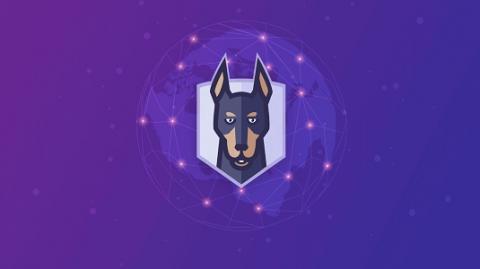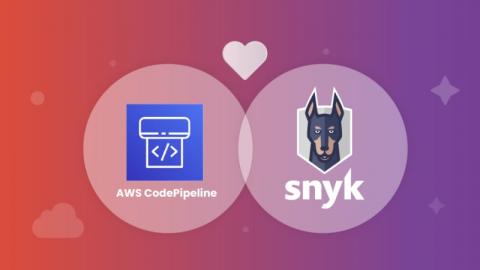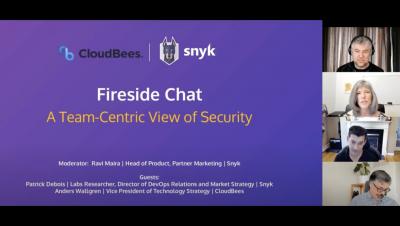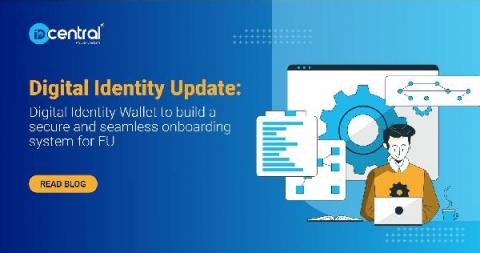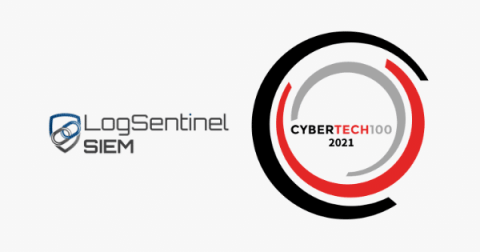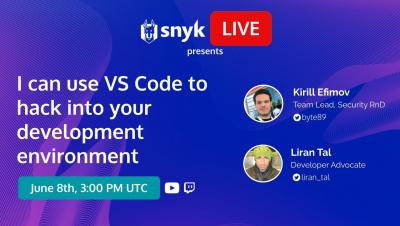What is Zero Trust Architecture?
Zero Trust Architecture (ZTA) means exactly that: compliance officers and IT security teams are trained to not trust any network activity, anywhere, at any given time — not even on the inside of their own computer network. Don’t panic; ZTA is not as difficult to work with as it sounds. It’s simply a different way of approaching cybersecurity. So let’s take a look at how it works.



